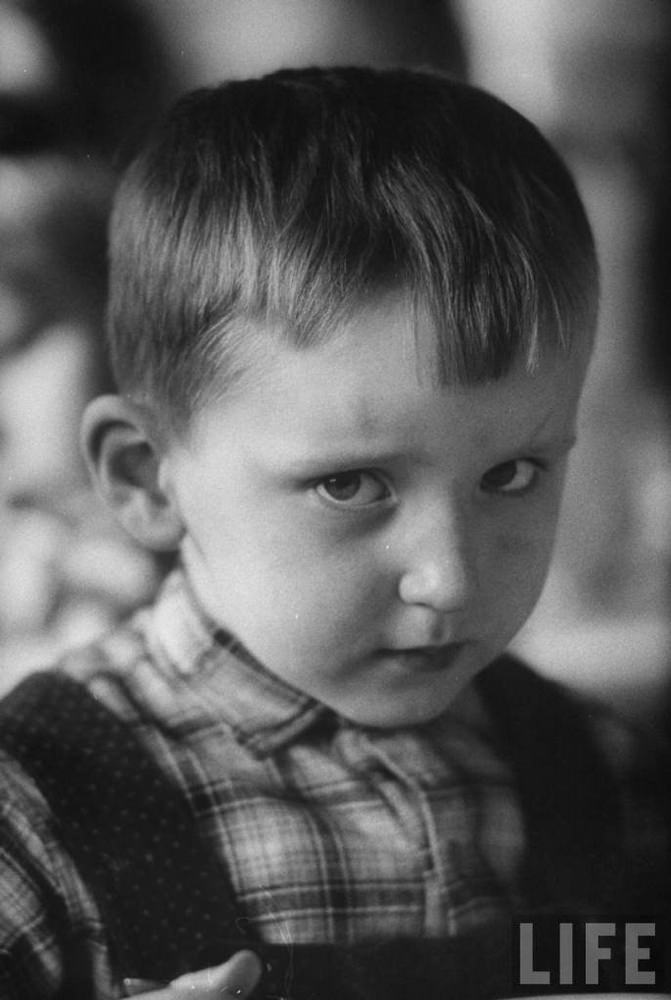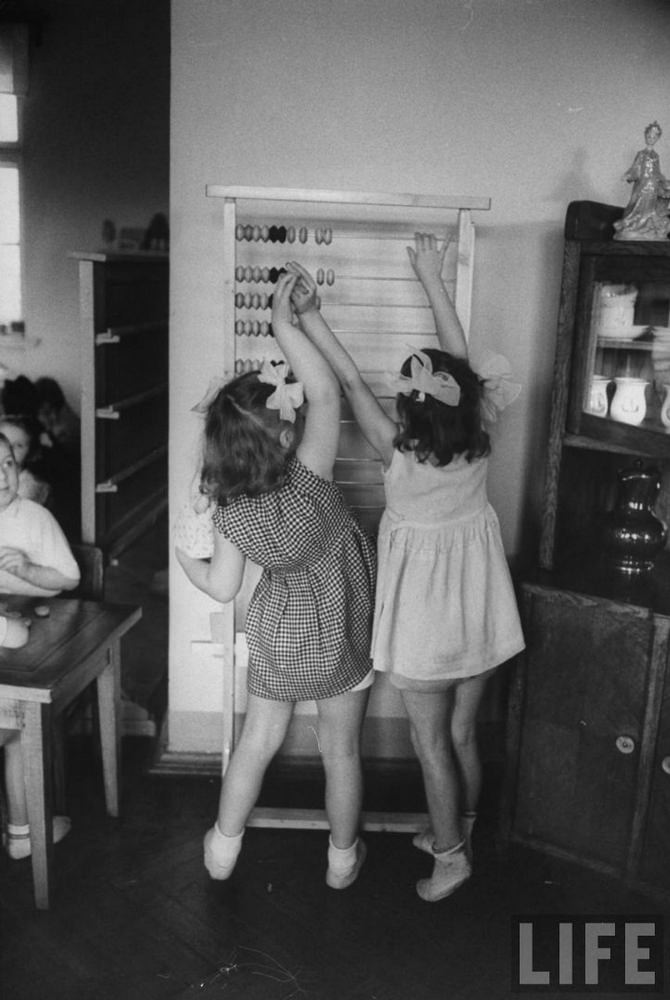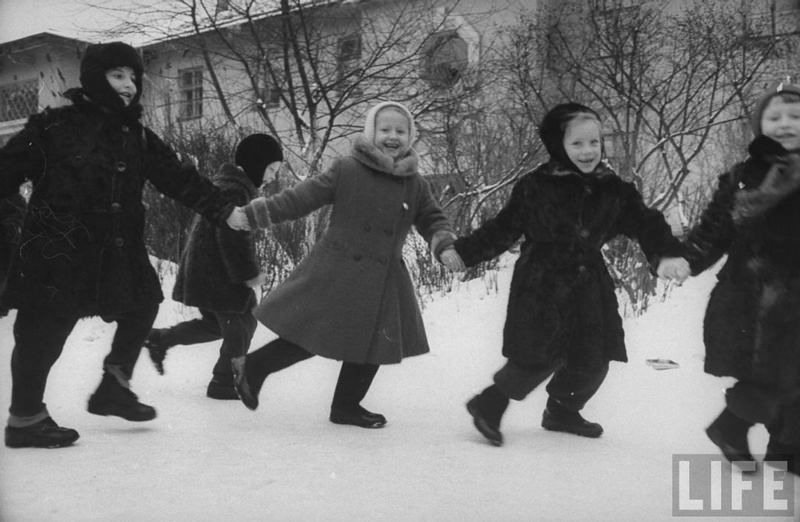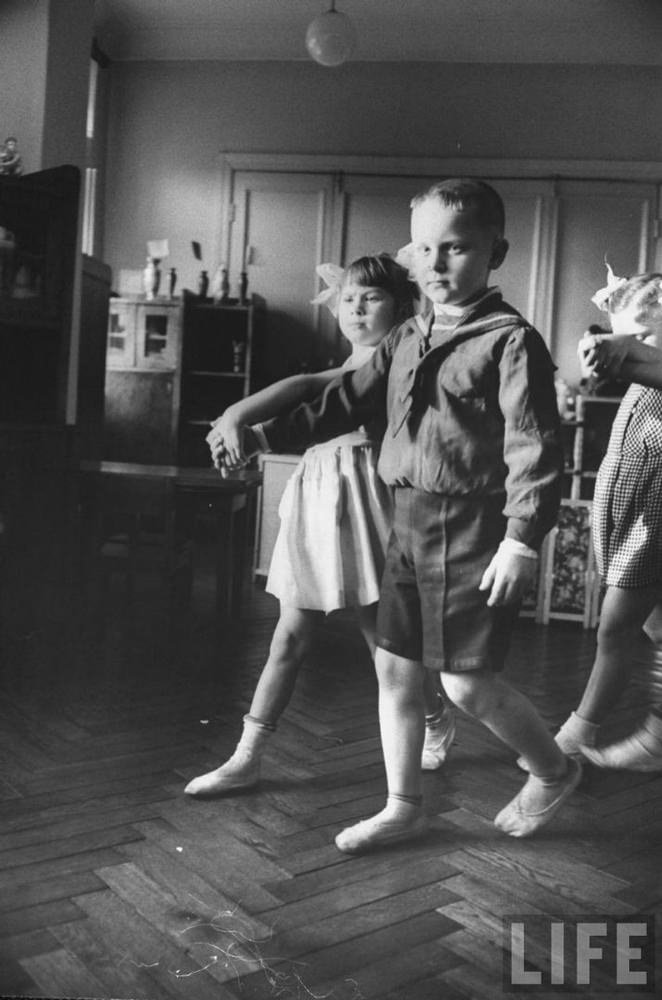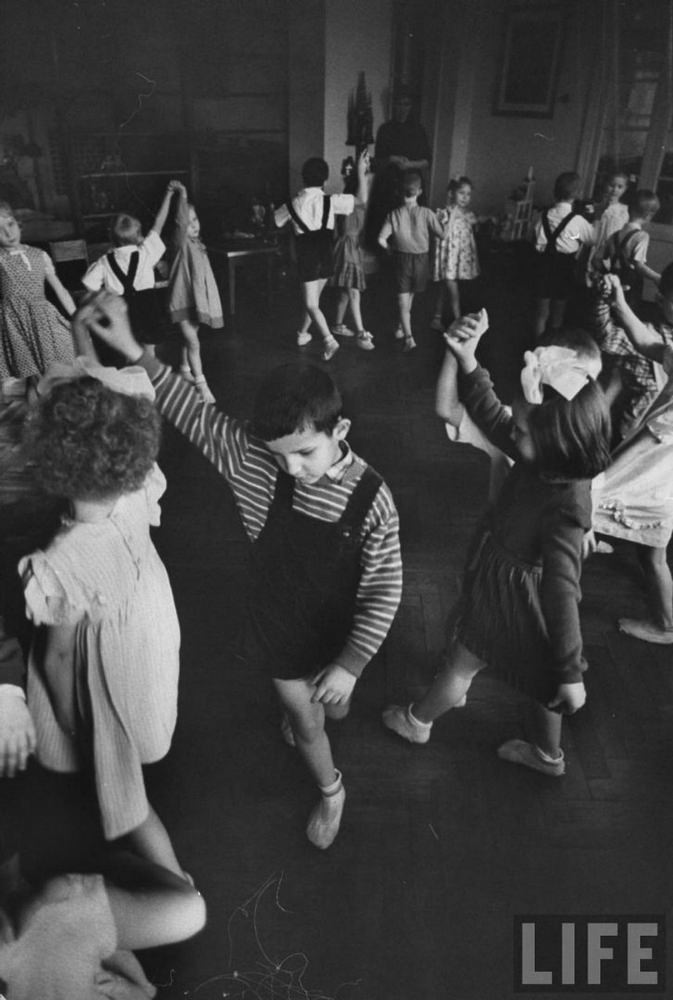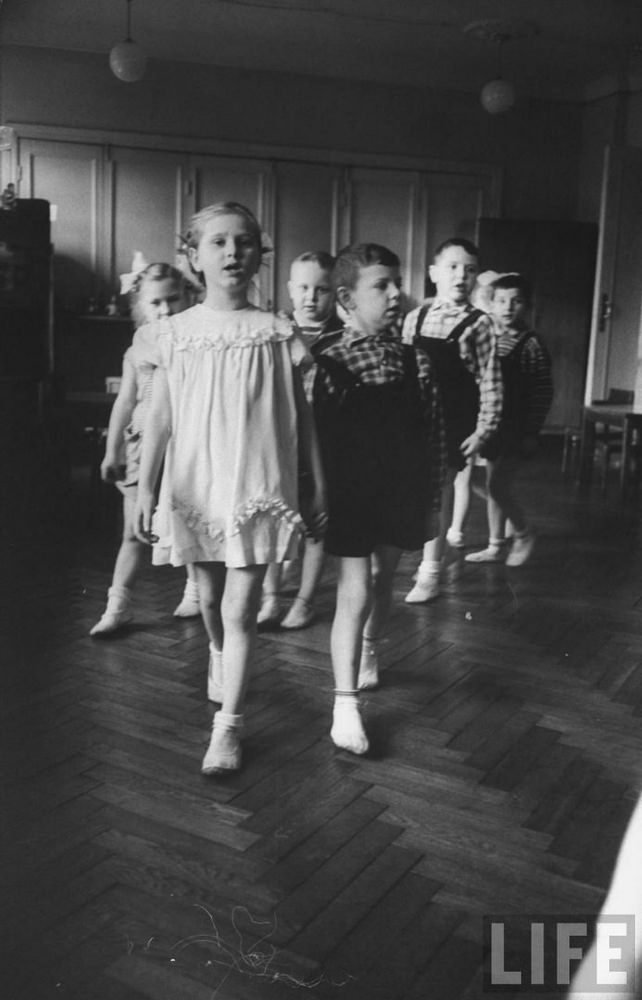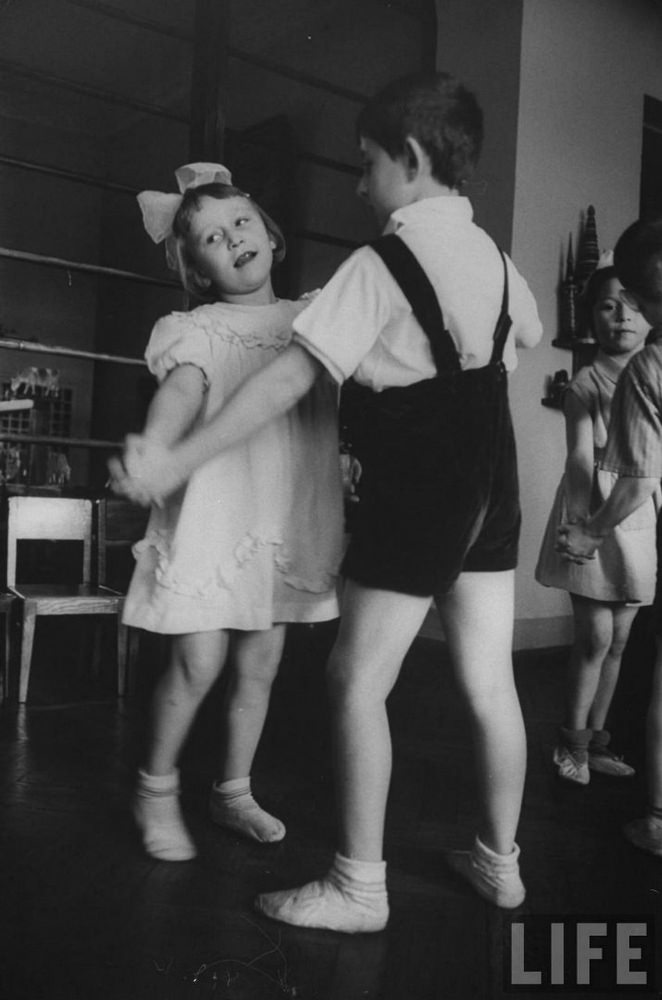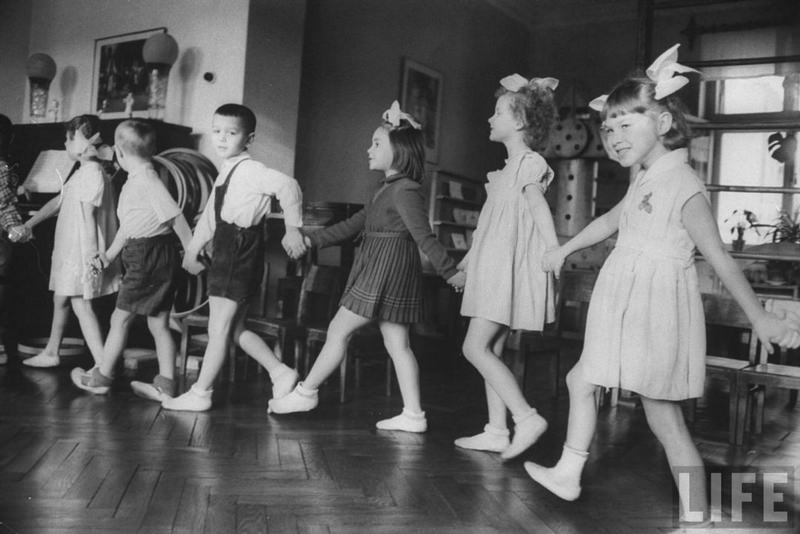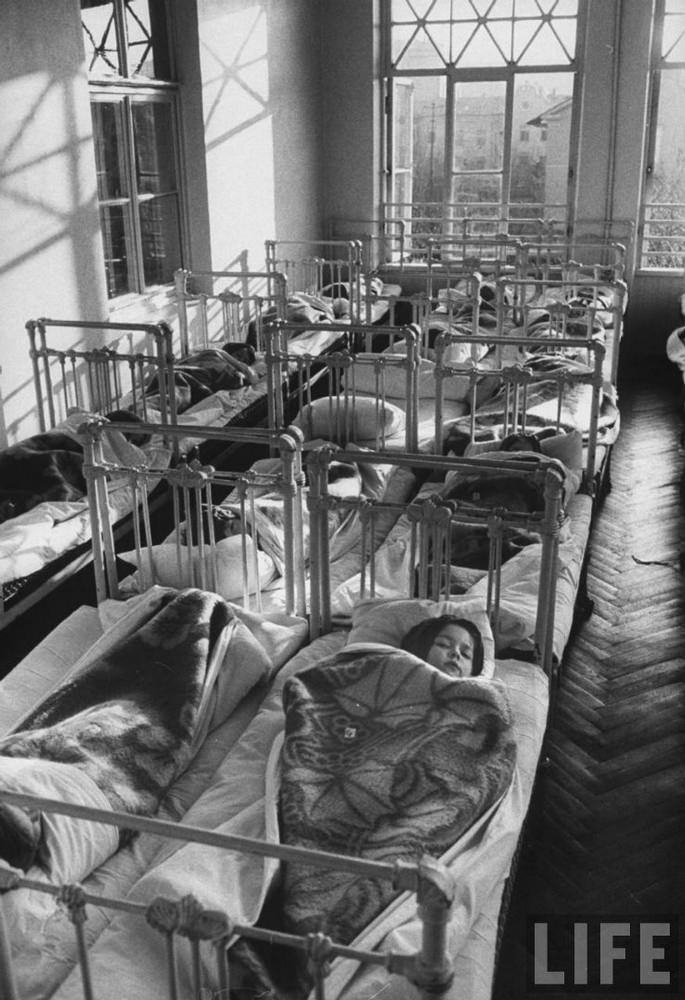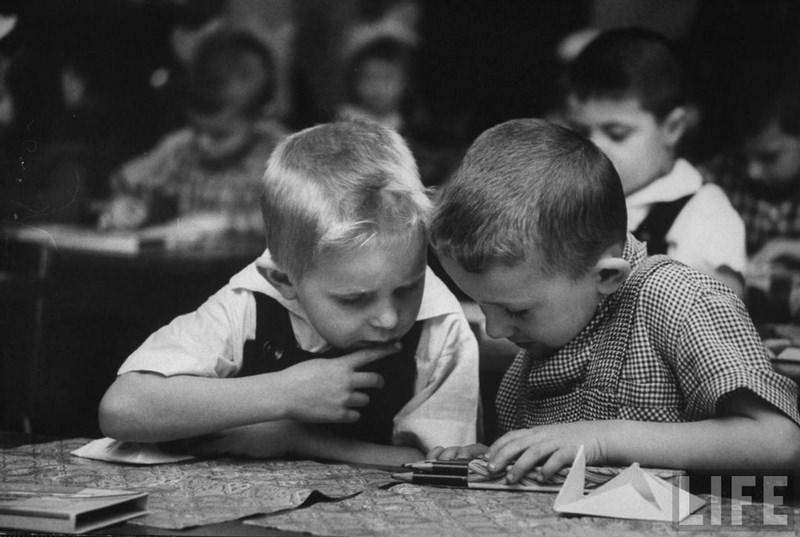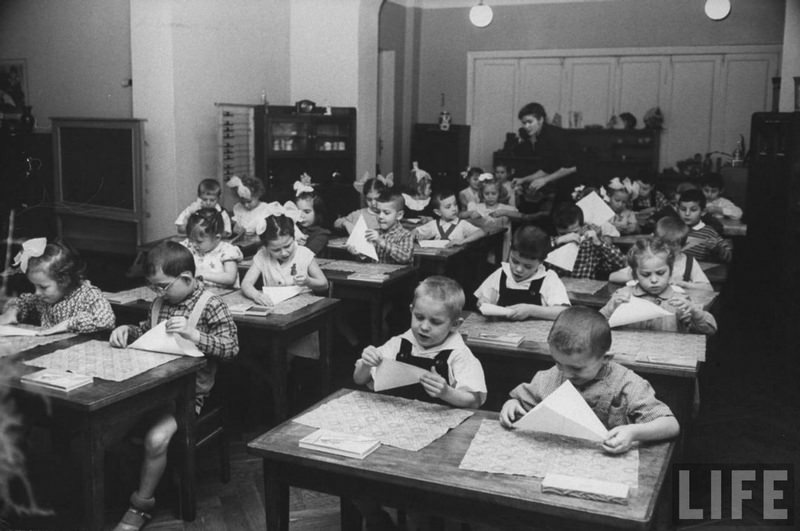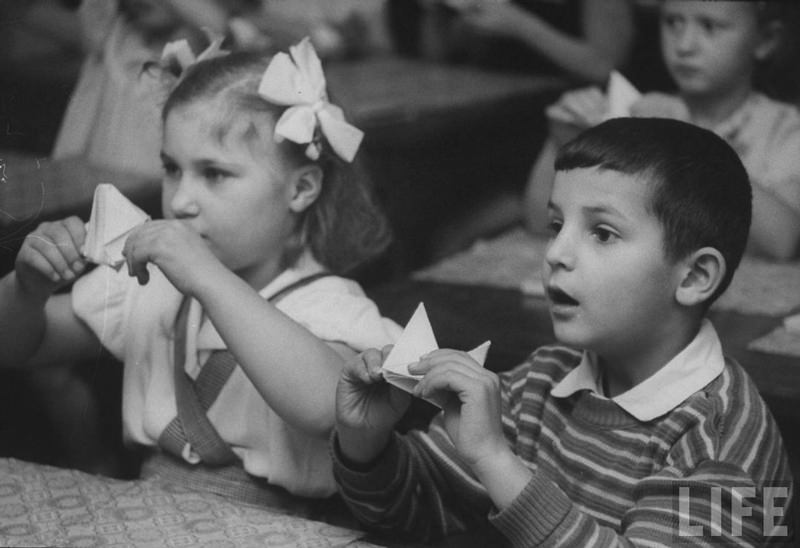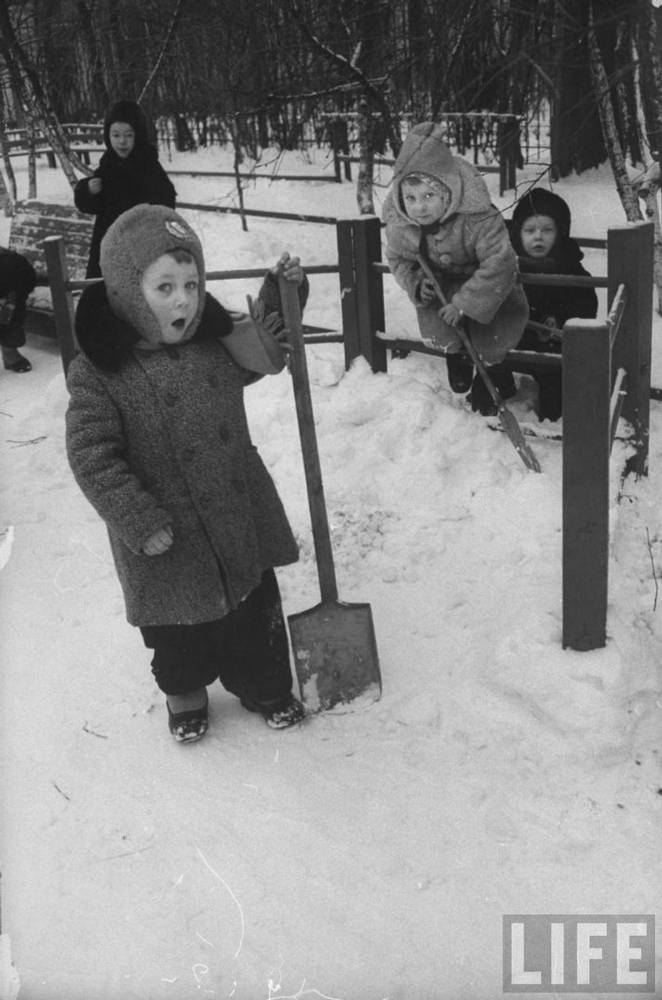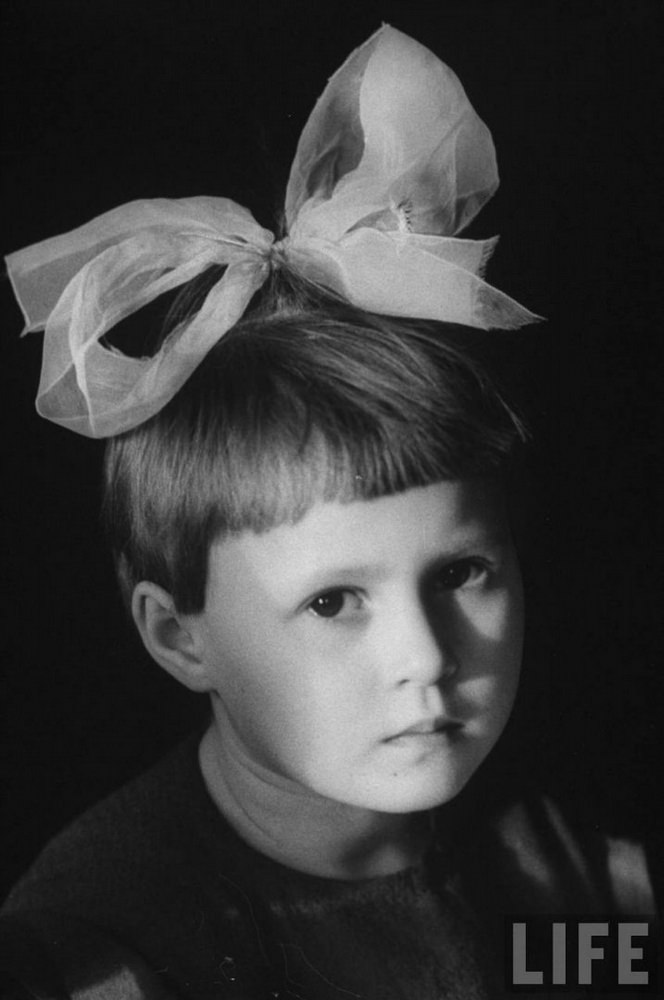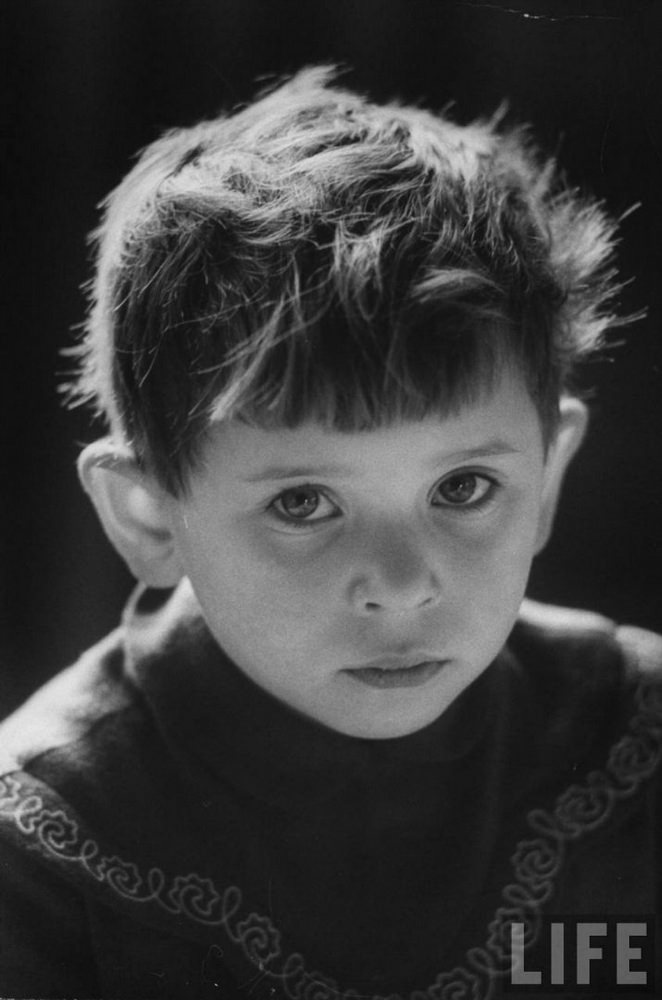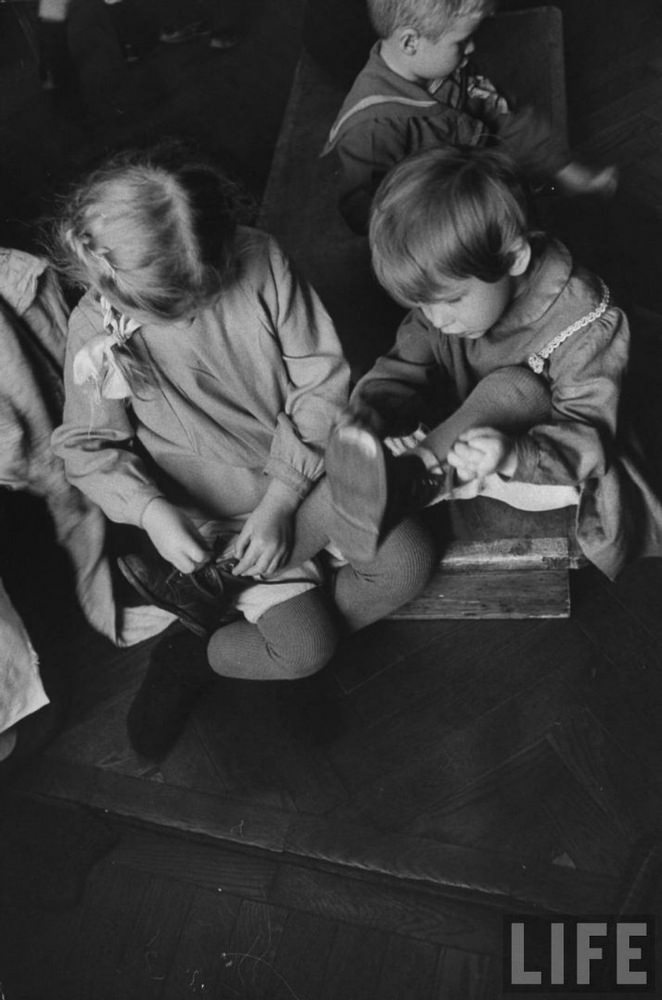In the 1960s, Soviet kindergartens were vibrant places filled with laughter and learning. Children aged three to seven spent their days in colorful classrooms that encouraged creativity and social interaction. These kindergartens were an important part of Soviet society, reflecting the values and beliefs of the time.
The Role of Kindergarten
Kindergarten in the Soviet Union was more than just a place for kids to play. It was designed to help children develop both academically and socially. The government viewed early childhood education as essential for building a strong future generation. Children learned basic skills like counting, reading, and writing, often through play-based activities.
The curriculum included music, art, and physical education. This approach aimed to foster well-rounded individuals. Teachers used songs and games to make learning enjoyable. Children learned to work together and share, preparing them for life in a collective society.
Read more
Daily Life in Kindergarten
A typical day in a Soviet kindergarten began with morning exercises. Children would gather in a circle and stretch, jump, and dance. This routine helped them wake up and get energized for the day ahead. After exercises, they moved on to various activities.
Classes were often held in bright, cheerful rooms. Walls were adorned with colorful artwork created by the children. Each room had toys and learning materials, encouraging exploration. Children played with building blocks, dolls, and puzzles, stimulating their imagination.
Snack time was another highlight of the day. Kids enjoyed simple foods like bread, butter, and milk. Sharing snacks was encouraged, teaching them about community and friendship. After snacks, children would take part in organized games or outdoor activities.
The Atmosphere of Kindergartens
The atmosphere in Soviet kindergartens was lively and structured. Teachers, often referred to as “vospitateli,” played a crucial role. They guided the children and created a nurturing environment. Teachers used positive reinforcement to encourage good behavior and learning.
Kindergartens also emphasized discipline and respect. Children were taught to follow rules and listen to their teachers. This structure aimed to prepare them for the more rigorous education that awaited them in primary school.
Playtime was essential in these settings. Kids engaged in both free play and guided activities. They built friendships and learned social skills through interaction. These experiences were vital for their emotional development.
Photographs taken by Carl Mydans capture these moments beautifully. They show children engaged in various activities, smiling and enjoying their time together. These images reflect the spirit of the 1960s, portraying a unique glimpse into the lives of Soviet children.


